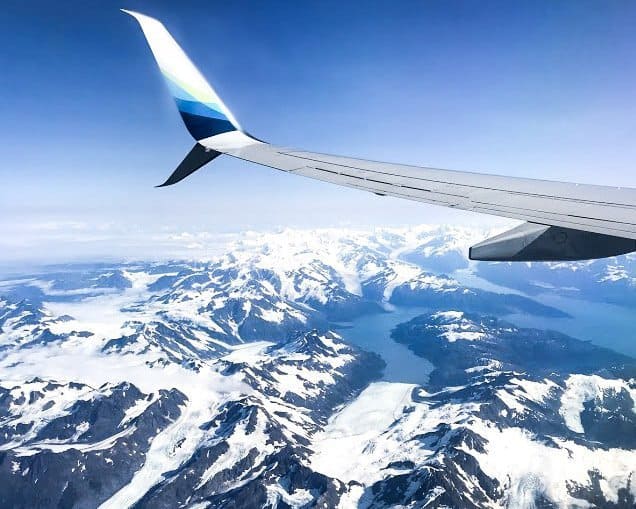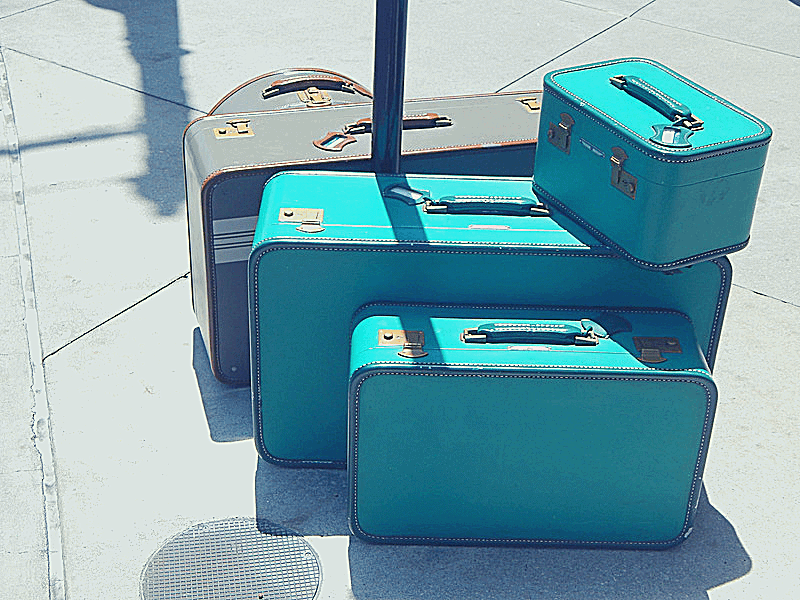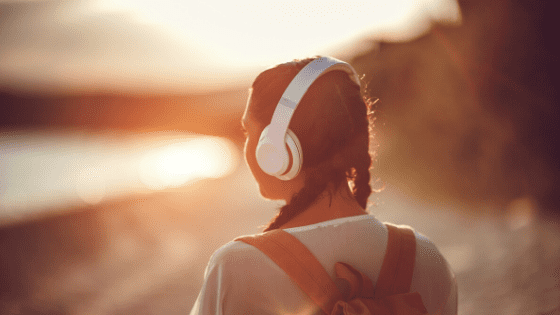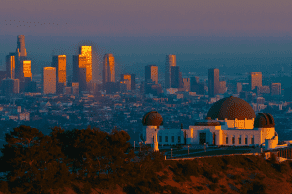How To Stay Safe During Earthquakes While Traveling
There are some affiliate links below, but they are all products I highly recommend. For more info, view my disclosure here.
Earthquakes are terrifying under any circumstance, but they seem especially disorienting if they occur while you’re on vacation. When you’re visiting unfamiliar territory, it’s a lot more unsettling!
Read on for helpful earthquake safety tips to keep you safe if an earthquake occurs while you’re traveling.
Know The Earthquake Risks
If you’re traveling to a location that’s well away from any fault lines and doesn’t get earthquakes, you don’t need to stress about earthquakes happening while you’re there.
But if you’re visiting an area prone to earthquakes, such as Alaska, California, Indonesia, or anywhere along the Ring of Fire, it’s important to know that it is something you may experience while traveling.
Unfortunately, no one has figured out how to predict earthquakes yet. That’s part of what makes them so scary!
Hurricanes, tornadoes, and even volcanic eruptions give signs of development. Earthquakes just happen and you have to hold on for the ride!

Take Basic Safety Precautions In Advance
I make sure to bring a basic emergency kit whenever I’m traveling. I make sure it includes pain reliever medication, cold medicine, and pepto-bismol.
In addition, bring plenty of band-aids and neosporin. It comes in handy even for minor issues like uncomfortable blisters, and could be helpful for minor abrasions. This emergency kit is pretty small and fits in a purse.
Enroll in the Smart Traveler Enrollment Program
If you’re a U.S. citizen, The Smart Traveler Enrollment Program is a free service offered by the State Department that sends you safety and security alerts when issues such as natural disasters occur.
You can enter your travel information so the government can help locate you if a disaster has occurred when you’re traveling.
It’s also helpful if family has an urgent message for you but are unable to contact you through traditional methods.
Understand a Bit of Science Behind Earthquakes
I find understanding the science behind things makes them much less scary and intimidating. Earthquakes that occur deep in the earth are often felt over a wider range, but tend to cause less damage to buildings.
Meanwhile, shallow quakes tend to cause more localized damage, but aren’t felt as far.
For example, our Alaska 2018 earthquake was a 7.0 and had a depth of 29 miles. It was felt widely, but there was surprisingly little property and road damage. Much less than you’d expect from a major earthquake!
For the earthquakes occurring in California, the 6.4 earthquake that occurred 4th of July 2019 was less magnitude than the one the next day on July 5th, 2019.
However, it was felt further away from the epicenter than the 7.1 on July 5 2019. The depth of the 6.4 earthquake was 5.4 miles, while the stronger magnitude 7.1 was only half a mile deep, so the shaking was fairly localized.

If you have dogs, here’s a helpful article on keeping your dogs safe during earthquakes!
What to Do During an Earthquake
Since earthquakes have no advanced warning, it’s vital to stay calm and don’t panic. Most injuries during earthquakes happen when people start running around frantically.
Do not move to stand under a doorway. While it’s been a popular belief for years that standing under a doorway is the safest place to be, that’s actually incorrect.
There’s no head protection under a doorway, and you could be injured trying to reach it.
The best action is to stay in place if you can while taking cover under a table, desk, or bench. Anything to protect you from falling debris will help. Watch out for breaking glass that could cut you.
Also, if you’ve seen viral posts about a so-called “triangle of life” telling you NOT to get under tables, definitely ignore that advice. It has been thoroughly debunked by scientists and experts.
Staying put under a sturdy surface is by far the safest place to ride out the earthquake. If you’re in bed, stay there and cover your head with a pillow.
If you’re driving, pull over as soon as you safely can. Stay away from power lines if you’re outside.
Avoid elevators after earthquakes have occurred. Stay alert for aftershocks, which can be quite strong in the hours following the initial earthquake.
There are so many scenarios you could find yourself in when an earthquake happens. The most important rule is to drop, cover, and hold on.
Earthquake Country has a terrific guide that breaks down a number of situations you could find yourself in and how to proceed.
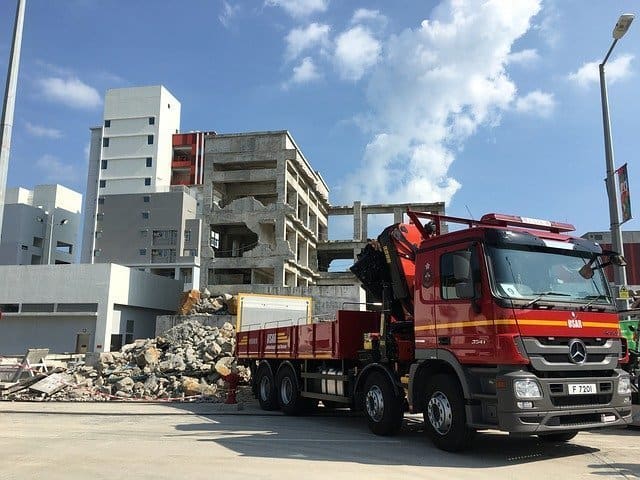
What to Do After an Earthquake
Again, the best thing to do is to stay calm and aware. The earthquake could have potential for a tsunami to occur, so listen for emergency alerts.
Follow any orders coming from officials who are trying to keep as many people safe as possible.
If you’re near the ocean, head inland and to higher ground.
Having an earthquake tracking app on your phone is helpful for monitoring aftershocks that you may not necessarily feel but should still keep an eye on.
I like QuakeFeed because it alerts me within 3-5 minutes after a quake or aftershock occurs.
Phone lines often have issues with calls getting through, and ideally should remain open for emergencies.
The best way to update friends and family that you’re okay is by using Facebook’s I’m Safe feature, or posting a quick status update to let everyone know you’re okay.
Red Cross also has a Safe and Well program to let your friends and family know you’re safe.
Following these earthquake tips for safety will help keep you safe if an earthquake happens while you’re traveling.


